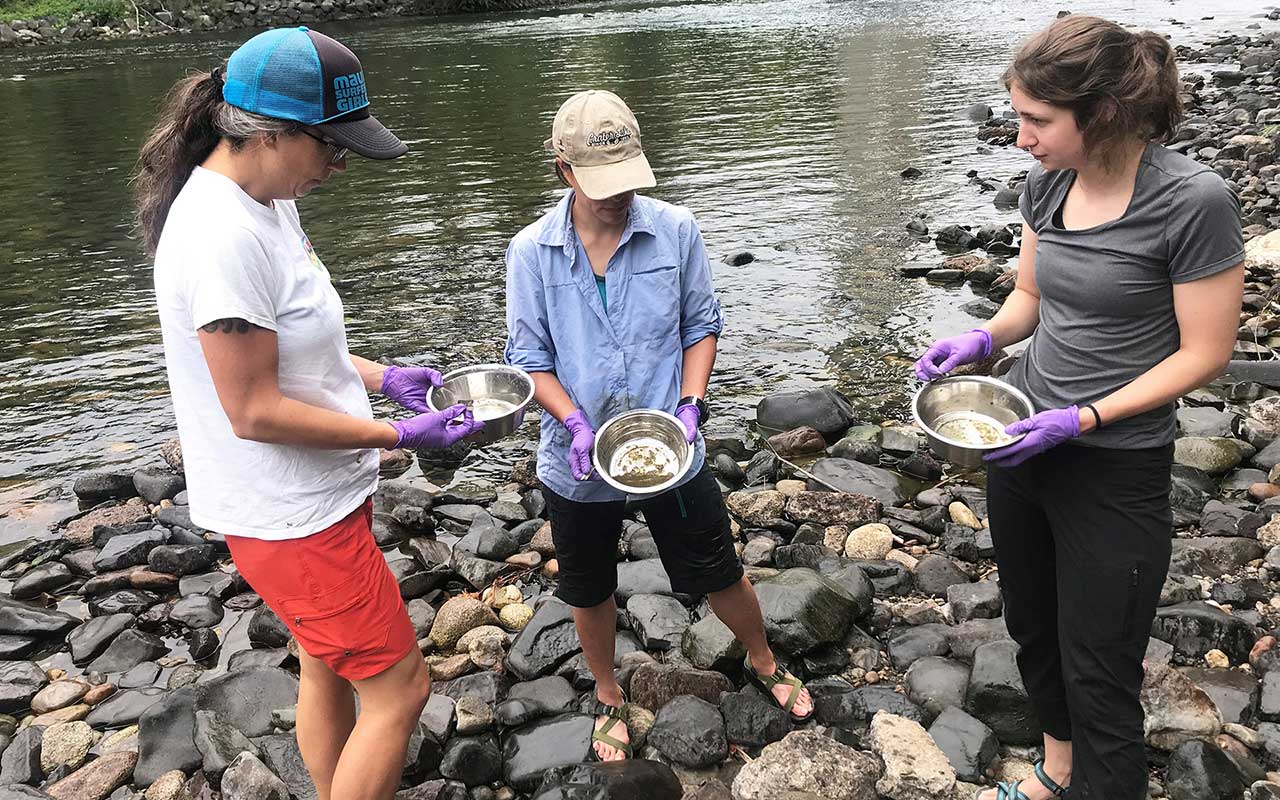
Scientists Tracking PCBs in Spokane River
Jeff Humphrey, Media Content Coordinator, No Phone Number Available
Friday, August 23, 2019 at 2:02 p.m.
The Washington Department of Ecology has launched an ambitious effort to locate and measure the amount of PCBs in the Spokane River.
“PCBs are polychlorinated biphenyls, and they were industrial chemicals that were produced in roughly 1929 through the mid-70’s,” said Brandee Era-Miller from the Washington Department of Ecology.
PCBs helped to keep electrical equipment from overheating. The chemicals were used in transformers and capacitors but also paint, caulk, lubricants, even carbonless paper.
But PCB production was banned in the U.S. because the chemicals are cancer-causing agents and can trigger other health problems.
Scientists think PCBs sometimes enter the food chain when aquatic insects eat algae. The bugs are, in turn, consumed by fish, that serve as food for animals.
“And then humans eat the fish, wildlife eat the fish and then, the levels in those tissues, in say wildlife and fish, are high enough that they can be carcinogenic to humans, say if they eat too many fish,” warned Era-Miller.
So now, Ecology scientists are gathering samples from 33 locations along the Spokane River.
Stopping to take scrapings of bio-film on rocks to better understand where the PCBs are found in the river and possibly, determine where they came from.
“Is it coming through the dam? Is it coming out some pipe? Is it leaching out of the shoreline? By testing multiple sites, we can hone in on where the source is, or sources,” said Mike Petersen of The Lands Council.
Researchers have found bio-film and sediments in the Spokane that contain PCBs. By shaving off the rock slime and then analyzing it, scientist can get a better idea of how and where the PCBs entered the river.
“The PCBs can have a fingerprint. And so, if there’s a source that we know, we know what the fingerprint looks like, and then, we see that somewhere else we can say, ‘it might be that,’ that particular area, we can say maybe it’s coming from that source upstream,” Era-Miller explained.
And, that’s the exciting part about the research project; identifying sources of PCBs could help stem the flow of contaminants entering the river.
“So we need to support our regulators in the science that they are doing so that we can all understand the problem more accurately and that’s the benefit of objective science,” said Cadie Olsen, the City of Spokane’s Director of Sustainability.
The PCB study comes at a time when the City of Spokane is already spending a lot of money improving the health of the river.
The efforts include new CSO tanks to keep stormwater runoff and sewage from reaching the river and the construction of a third level of treatment at the Wastewater Plant.
Olsen believes those projects, totaling $350 million, combined with this type of collaborative science, are getting the results our river deserves.
“If we work together and not sue each other, and not fight each other, then we can actually clean up this river,” Petersen predicted.
For more information on what’s being done to protect the Spokane River, visit Spokanecity.org.

